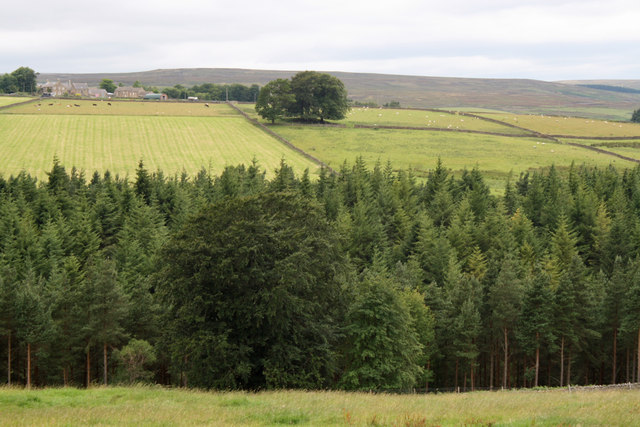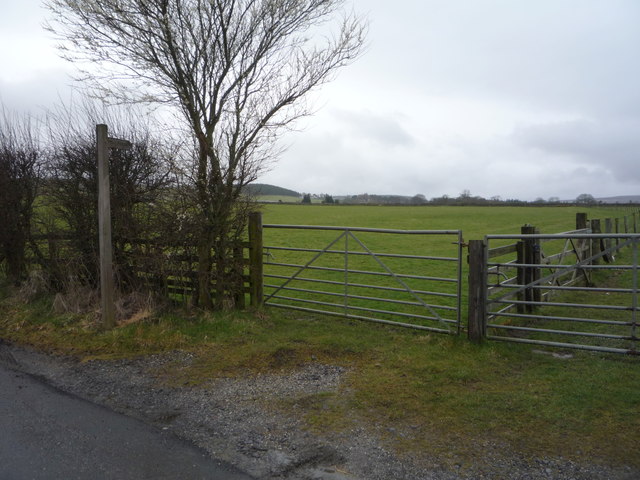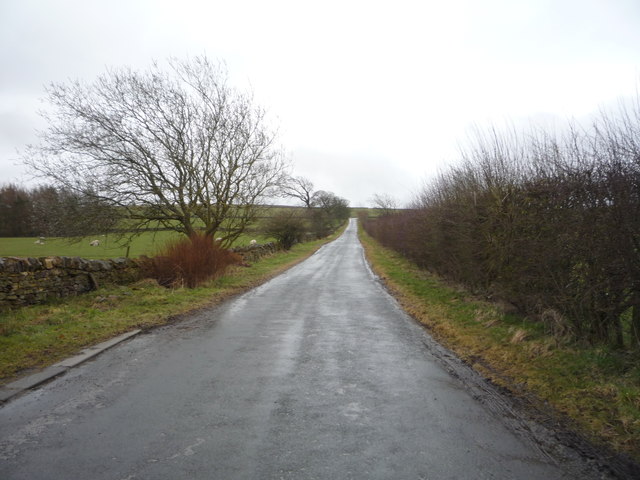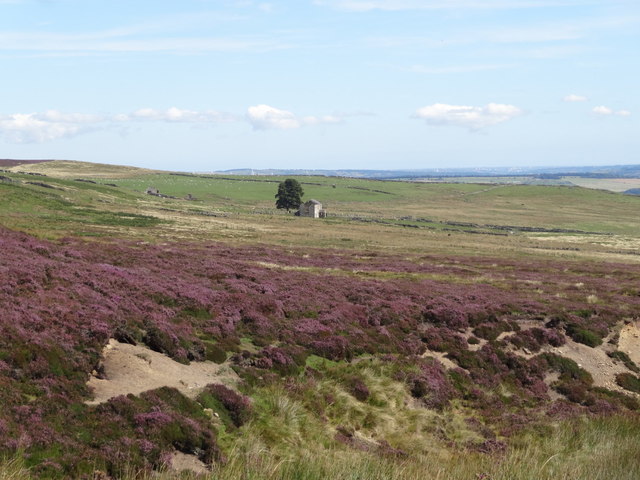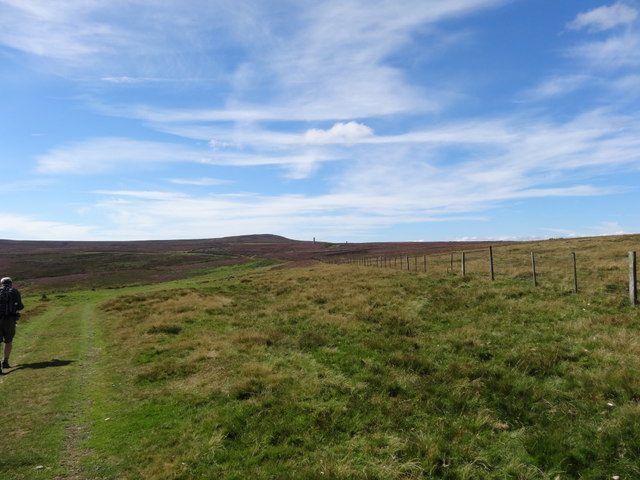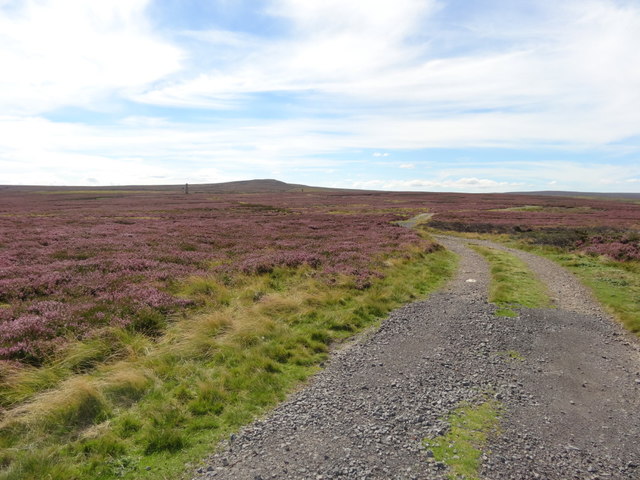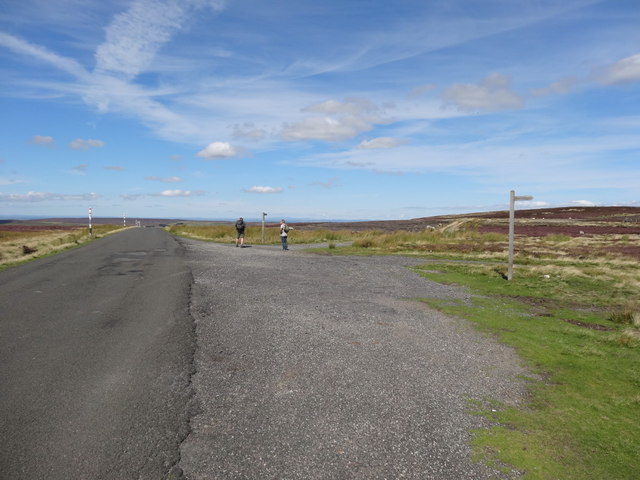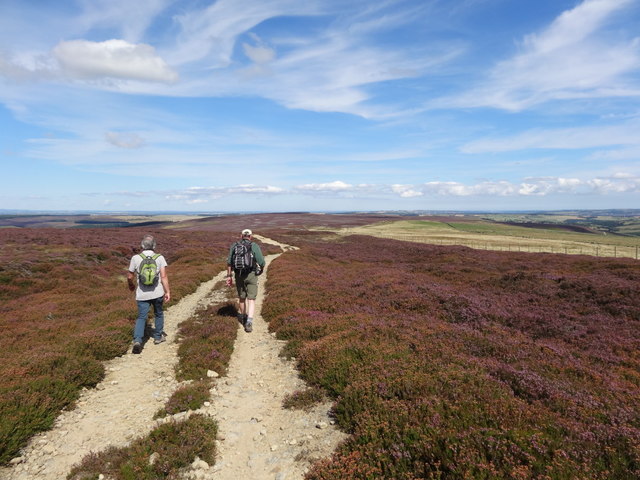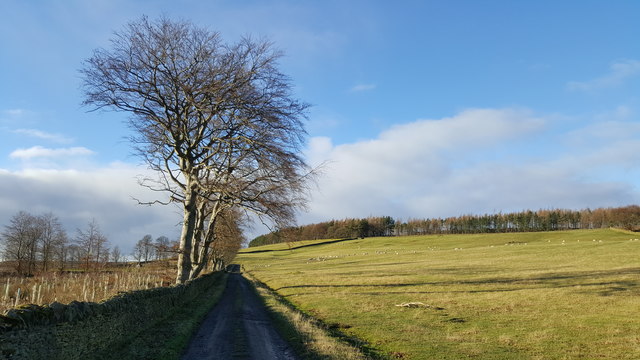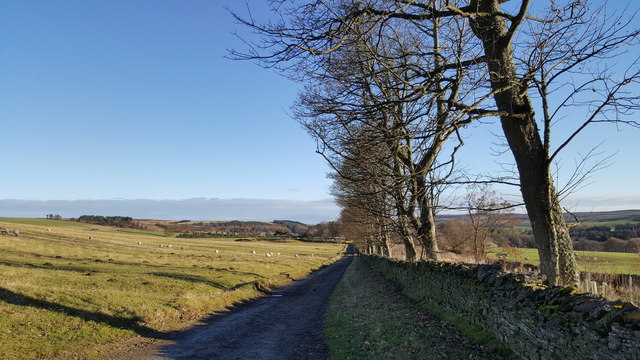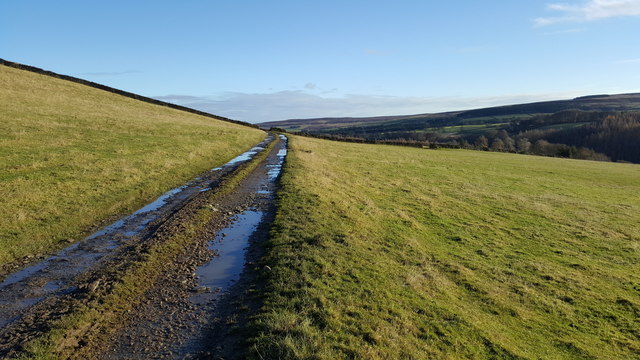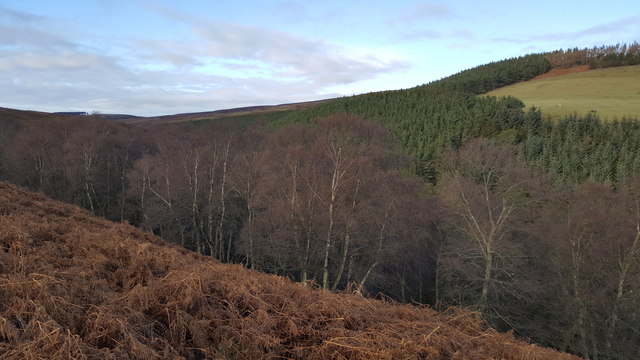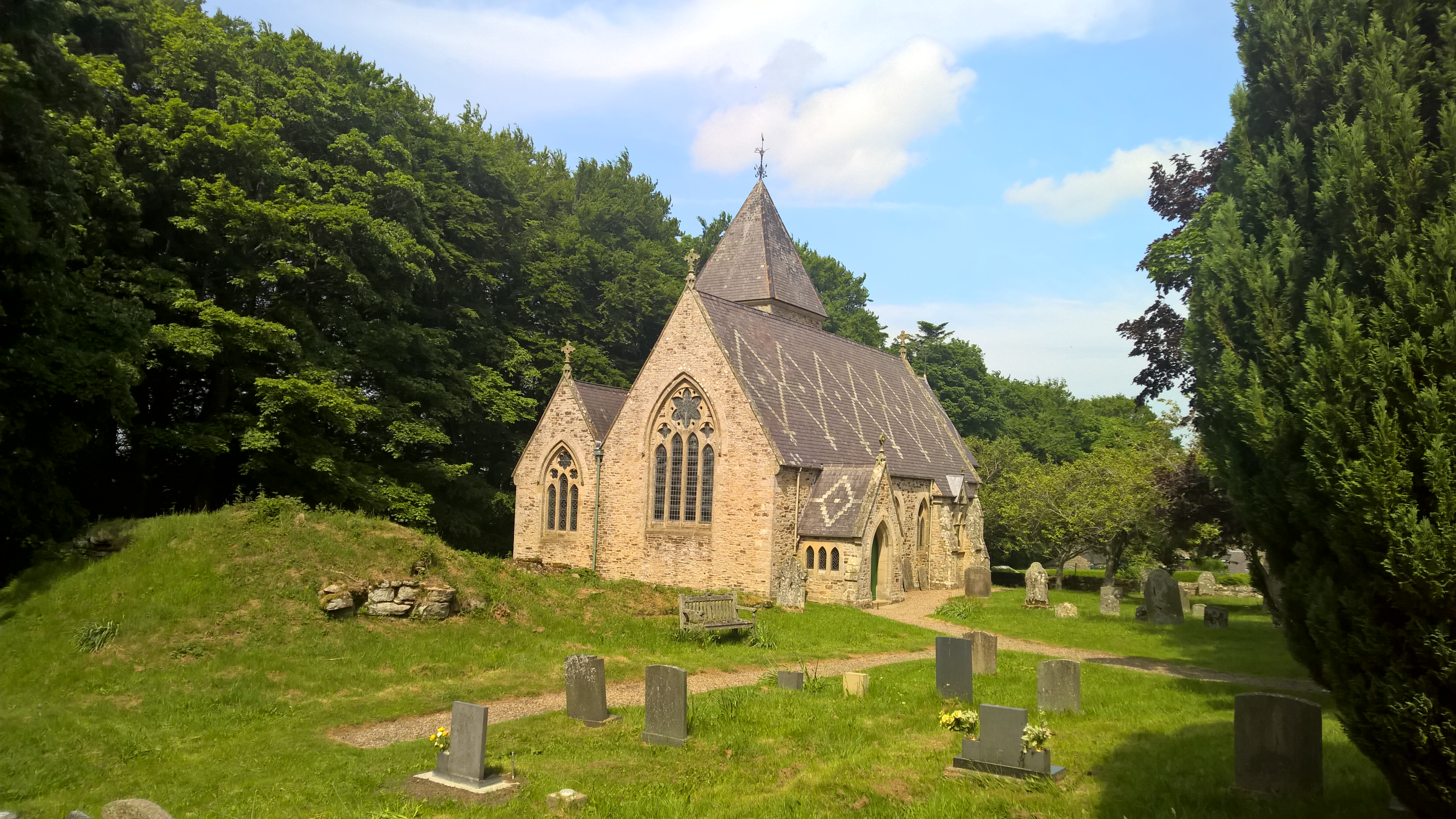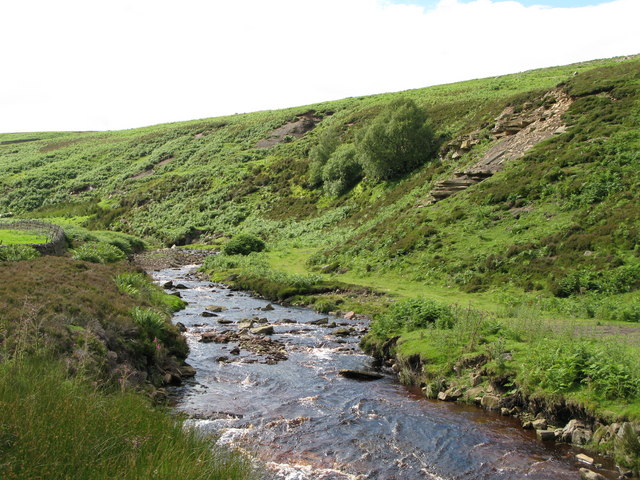Deborah Plantation
Wood, Forest in Durham
England
Deborah Plantation
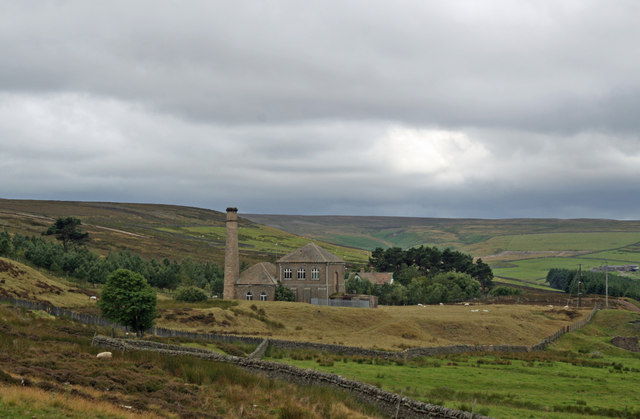
Deborah Plantation, located in Durham, is a charming and picturesque area known for its beautiful woodlands and serene forest environment. Spanning across acres of lush greenery, this plantation is a haven for nature lovers and those seeking a peaceful retreat.
The plantation is home to a variety of tree species, including oak, pine, and maple, creating a diverse and vibrant ecosystem. The dense forest provides a haven for numerous wildlife species, such as deer, squirrels, and various bird species, making it a popular spot for birdwatching and wildlife enthusiasts.
Deborah Plantation offers a range of recreational activities for visitors to enjoy. There are well-maintained hiking and walking trails that wind through the forest, allowing visitors to explore the natural beauty of the area at their own pace. The trails are suitable for all fitness levels and offer breathtaking views of the surrounding landscape.
Additionally, the plantation offers educational programs and guided tours for those interested in learning more about the local flora and fauna. These programs provide valuable insights into the rich biodiversity of the plantation and its importance in preserving the natural environment.
Visitors can also enjoy picnicking areas and designated spots for camping, allowing them to fully immerse themselves in the tranquility of the plantation. Whether it's a leisurely stroll through the forest or a camping adventure under the starlit sky, Deborah Plantation offers a serene and rejuvenating experience for all nature enthusiasts.
If you have any feedback on the listing, please let us know in the comments section below.
Deborah Plantation Images
Images are sourced within 2km of 54.834969/-2.0687499 or Grid Reference NY9548. Thanks to Geograph Open Source API. All images are credited.

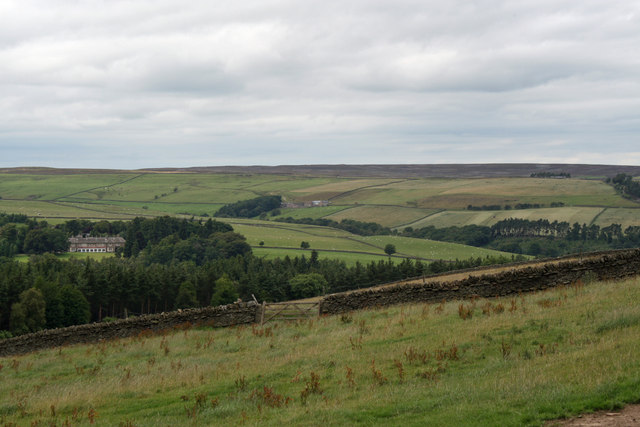
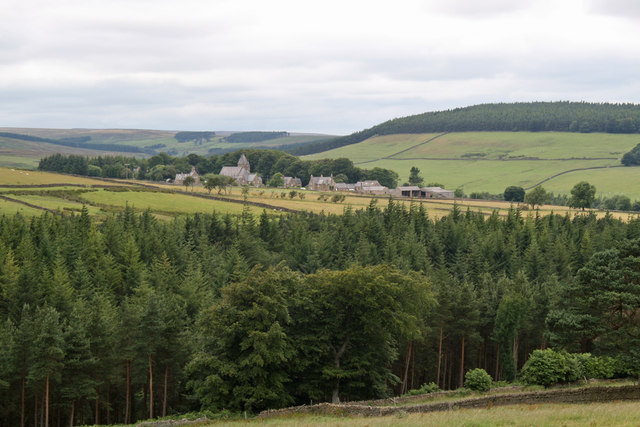
Deborah Plantation is located at Grid Ref: NY9548 (Lat: 54.834969, Lng: -2.0687499)
Unitary Authority: County Durham
Police Authority: Durham
What 3 Words
///lectures.fastening.stand. Near Muggleswick, Co. Durham
Nearby Locations
Related Wikis
Hunstanworth
Hunstanworth is a village in County Durham, England. It is situated approximately 10 miles to the west of Consett, south-west of the village of Blanchland...
Townfield
Townfield is a village in County Durham, in England. It is situated just to the south of Hunstanworth and part of that parish, about 10 miles (16 km) west...
Beldon Burn
Beldon Burn is a headwater stream of the River Derwent in Northumberland and County Durham, England.It rises at Quickcleugh Moss as the Quickcleugh Burn...
Baybridge, Northumberland
Baybridge is a small village in Northumberland, England, just to the west of Blanchland and on the border with County Durham. It is situated to the west...
Ramshaw, Consett
Ramshaw is a small village in County Durham, in England. It is situated to the south of Hunstanworth, a few miles west of Consett. Lead mining was an important...
Blanchland
Blanchland is a village in Northumberland, England, on the County Durham boundary. The population of the civil parish at the 2011 census was 135.Set beside...
Blanchland Abbey
Blanchland Abbey at Blanchland, in the English county of Northumberland, was founded as a premonstratensian priory in 1165 by Walter de Bolbec II, and...
Muggleswick, Stanhope and Edmundbyers Commons and Blanchland Moor
Muggleswick, Stanhope and Edmundbyers Commons and Blanchland Moor is a Site of Special Scientific Interest in County Durham and Northumberland, England...
Nearby Amenities
Located within 500m of 54.834969,-2.0687499Have you been to Deborah Plantation?
Leave your review of Deborah Plantation below (or comments, questions and feedback).
